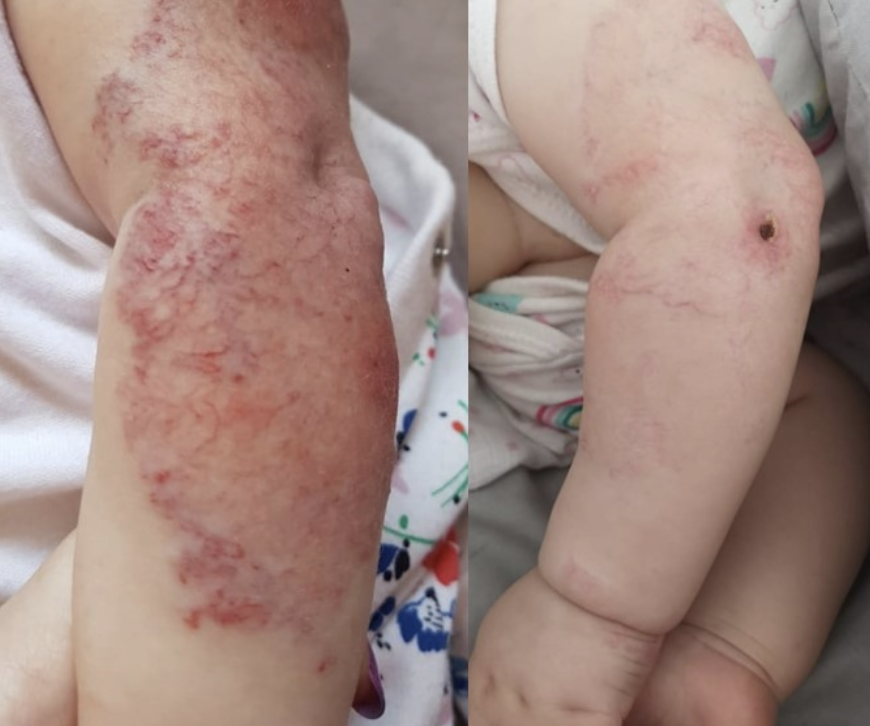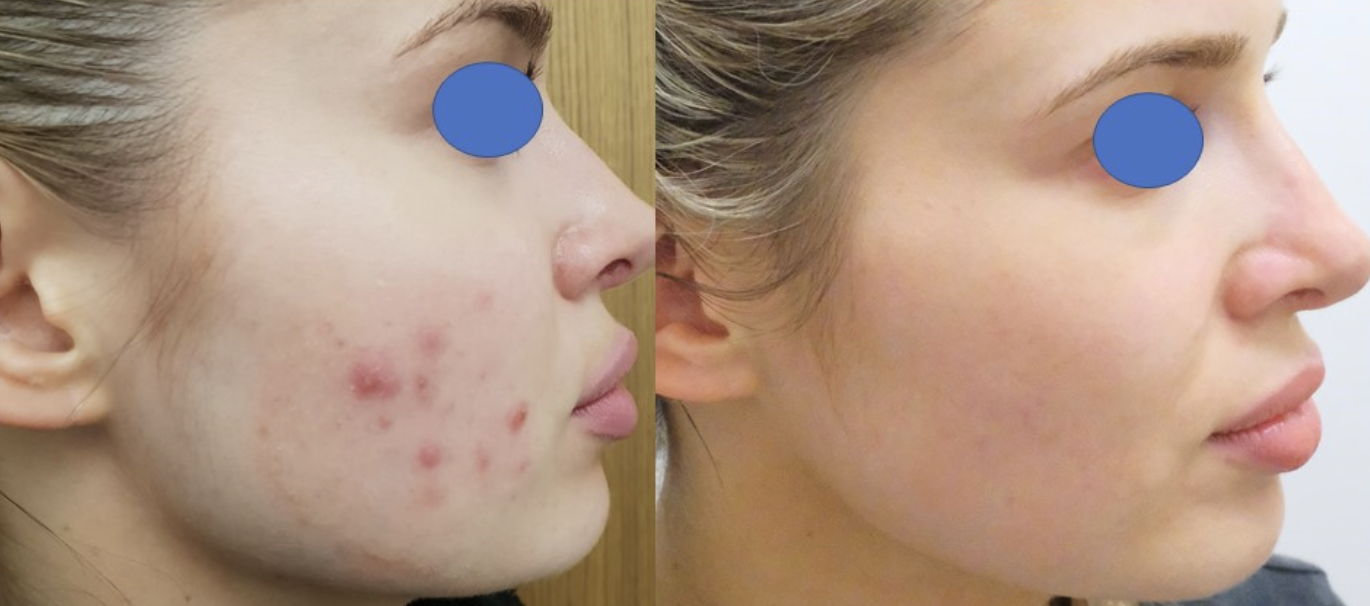Laser treatment for pigmentation
Treatment
Pigmentation is a natural process and is the result of an enzymatic process that converts the amino acid tyrosine to melanin through specific enzymatic steps. Melanin is then stored in packages called melanosomes and is then distributed to nearby skin cells. Excessive production of melanin due to various physiological or pathological reasons can lead to excessive visible pigmentation which in medical terms is called hyperpigmentation. There are a number of treatments for hyperpigmentation which include creams and in many cases lasers.
Lasers are sophisticated devices that emit light of one colour or wavelength that is composed of energy which targets a specific target within our skin. Once the light from the laser is absorbed by the target then a biological interaction takes place which gives a response depending on the laser and target used. In the treatment of pigmentation we use specific lasers that there wavelengths are preferentially absorbed by melanin (the Latin term for pigment) with the aim to disrupt and clear the excessive pigmentation. The exact mechanism of how the lasers work depend on the type of pigment-specific laser and these can include the picosecond, nanosecond, and long-pulsed lasers. The most advanced lasers in the management of pigmentation are the picosecond lasers which have a high safety margin too.
Laser treatment for pigmentation may vary in terms of number of sessions required and success of treatment and this largely depends on the diagnosis of the condition. Some hyperpigmentation conditions are easier to treat than others and some may require several sessions with a slow and gradual improvement. There are a number of factors that may influence the treatment outcome such as age of the patient, anatomic location of the pigmentation, depth of the pigment and the diagnosis.
In some cases lasers are combined with either topical creams or tablets to treat hyperpigmentation and in many cases the combination treatment of lasers and other modalities tends to give favourable results. It is best to establish the correct diagnosis first by a dermatologist and discuss suitable treatment options.
Professor Firas Al-Niaimi has extensive experience in the treatment of pigmentation with lasers and has published many scientific articles in this field including the use of picosecond lasers in pigmentary disorders. These articles can be found in the publications section of the website.








